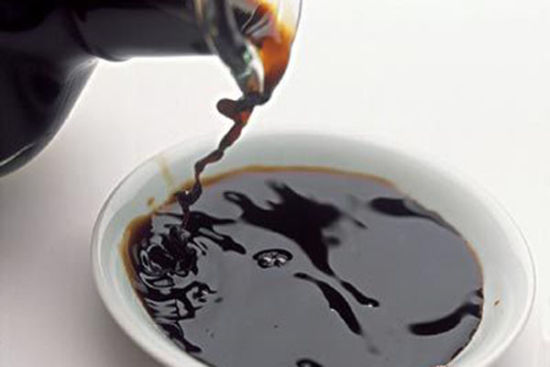
They say you catch more flies with honey than vinegar - but they haven't tasted China's rich, mellow, sweet and sour vinegars. Gao Ceng talks to the chefs.
Chinese vinegars (cu 醋) are rich, varied and complex, they can be made with many ingredients and seasonings, and they are indispensable to a chef.
Xiaolongbao (小笼包 steamed dumplings stuffed with minced pork), hairy crab, sweet-and-sour soup, sweet-and-sour pork - eating them without vinegar is unthinkable.
Chinese vinegars are more than sour, tart and acidic, some are sweet, mellow and full-bodied, with a complex, lingering aftertaste.
"Compared with some Western vinegar made from fruits expressing the sour taste directly with a fleeting freshness, Chinese vinegar fermented from rice tastes deeper, with more layers of flavor," says David Du, chef de cuisine at Hyatt on the Bund.
Chinese vinegars are black, red or white and can be fermented from rice, glutinous rice, red yeast rice, sorghum, wheat, barley millet, sorghum, bran, malt and fruits. They often contain sugar and can be seasoned with salt, anise, cardamom and other spices. Many are aged, some for as long as 10 years, and many have a smoky flavor.
Chinese chefs use the word "chameleon" (bian se long 变色龙) to describe vinegar, which is diverse and versatile, containing layers of flavor that work with other seasonings and ingredients to create different tastes. It can be distinctive, it can be low-key.
Vinegar is probably the oldest condiment in China, dating back to the Xia Dynasty (c. 21st century-16th century BC). It is said that the interesting, sour liquid was accidentally invented in a winery by Hei Ta, son of Du Kang, the legendary inventor of Chinese rice wine.
In one story, Hei mistakenly added too much water during fermentation. In another, he save the lees and stored them, eventually opening them to discover aromatic and powerful vinegar.
Vinegar soon became popular and different regions developed different vinegars, fermenting their local produce.
Sorghum and millet were used in the north, glutinous rice in the south and wheat in central China, so colors range from dark black and ruby red to white and gold. The taste can be strong and rough, or fine and delicate, as in rice vinegars.
Hairy crab, if served without vinegar, is not hairy crab anymore. Without vinegar, many dishes are not the same.
We recommend:
